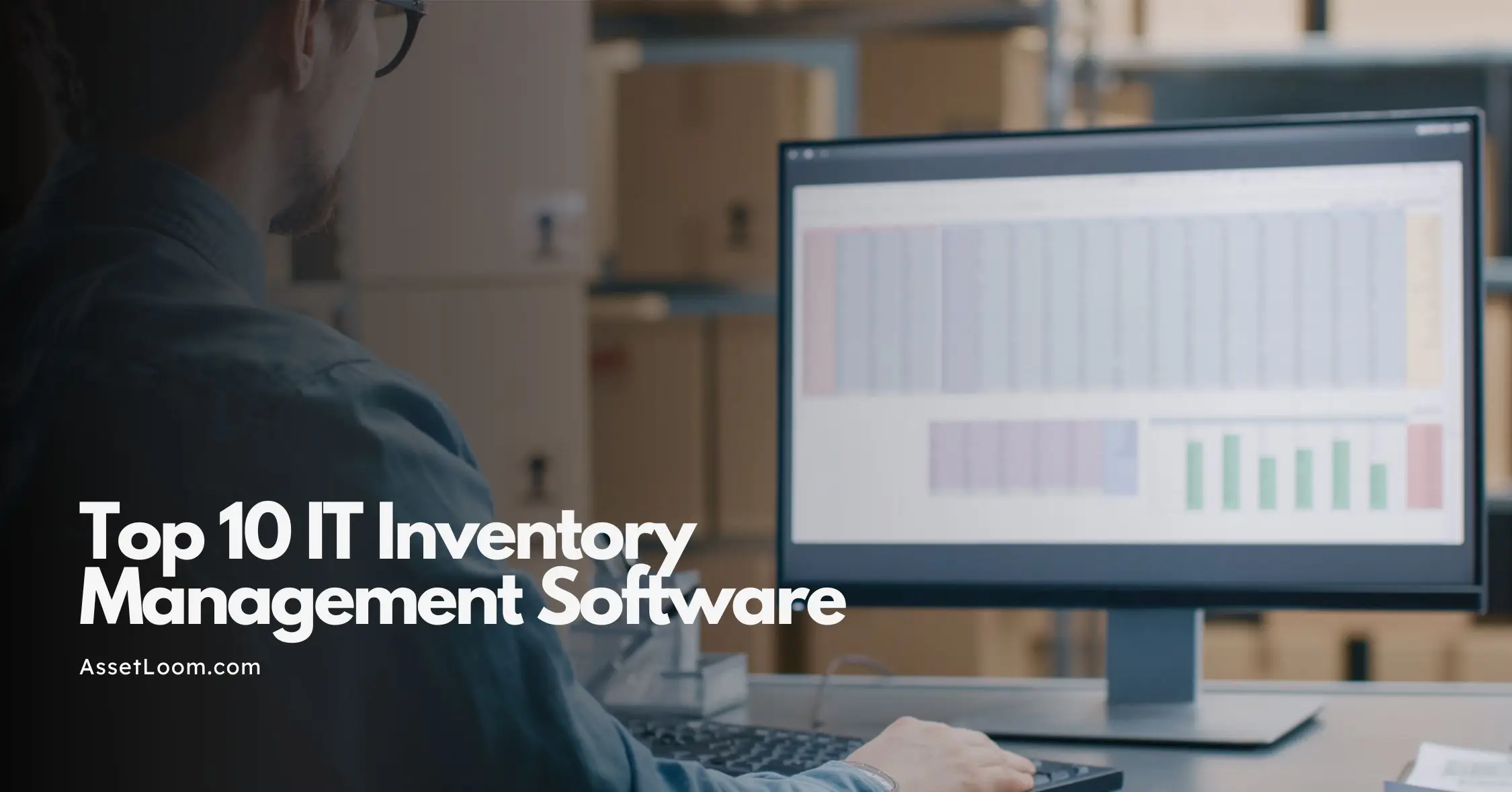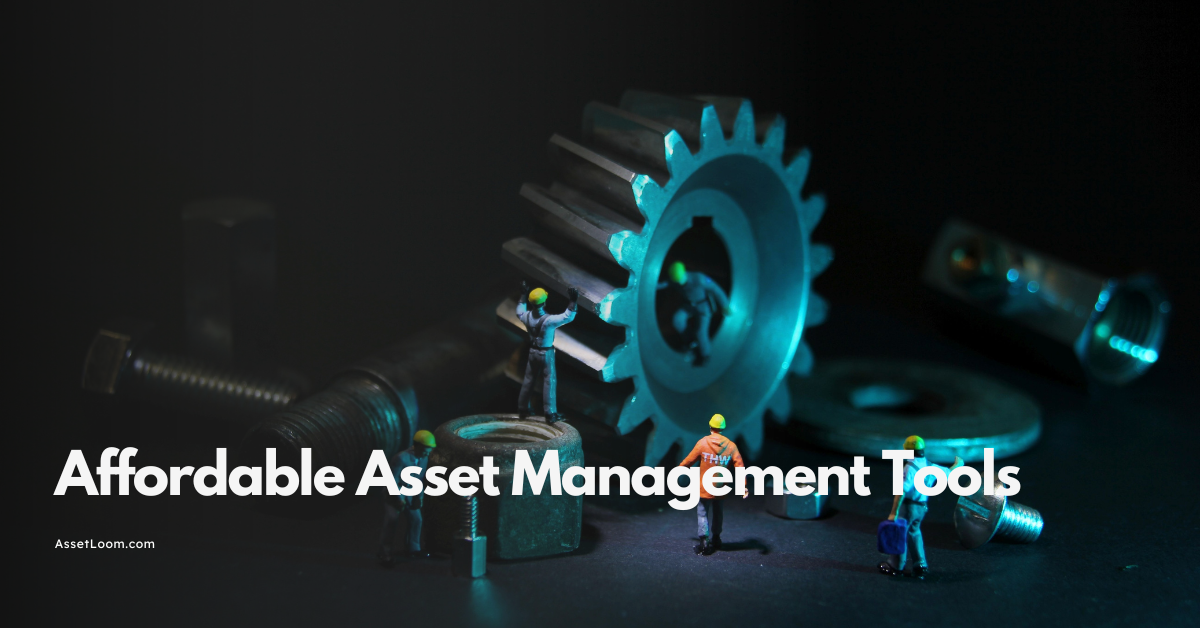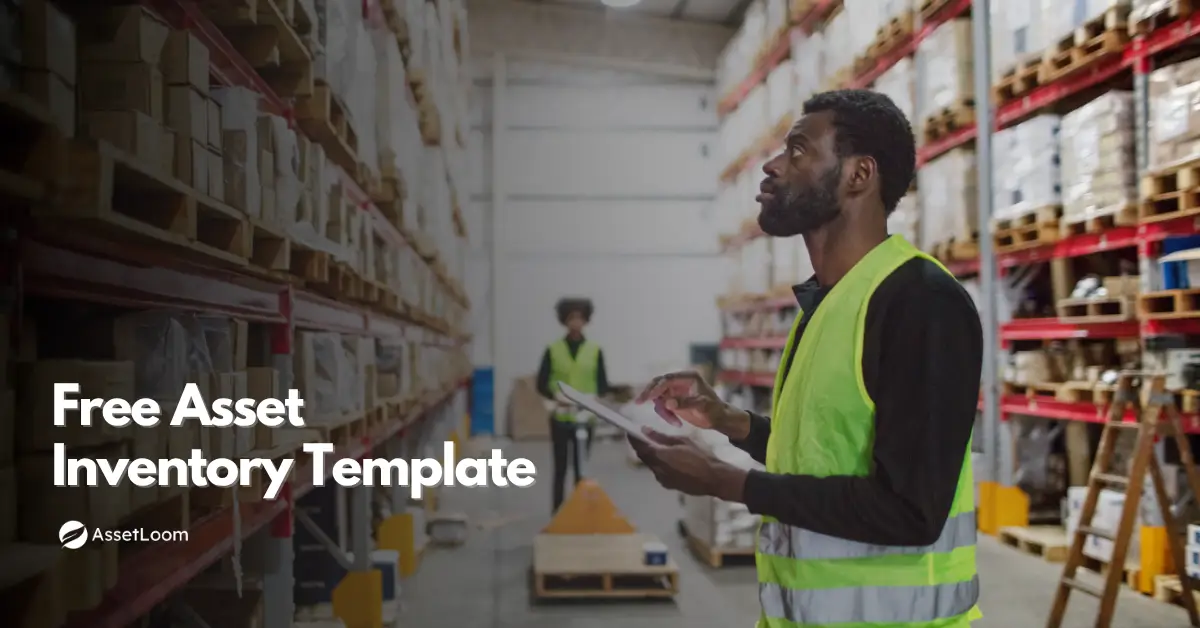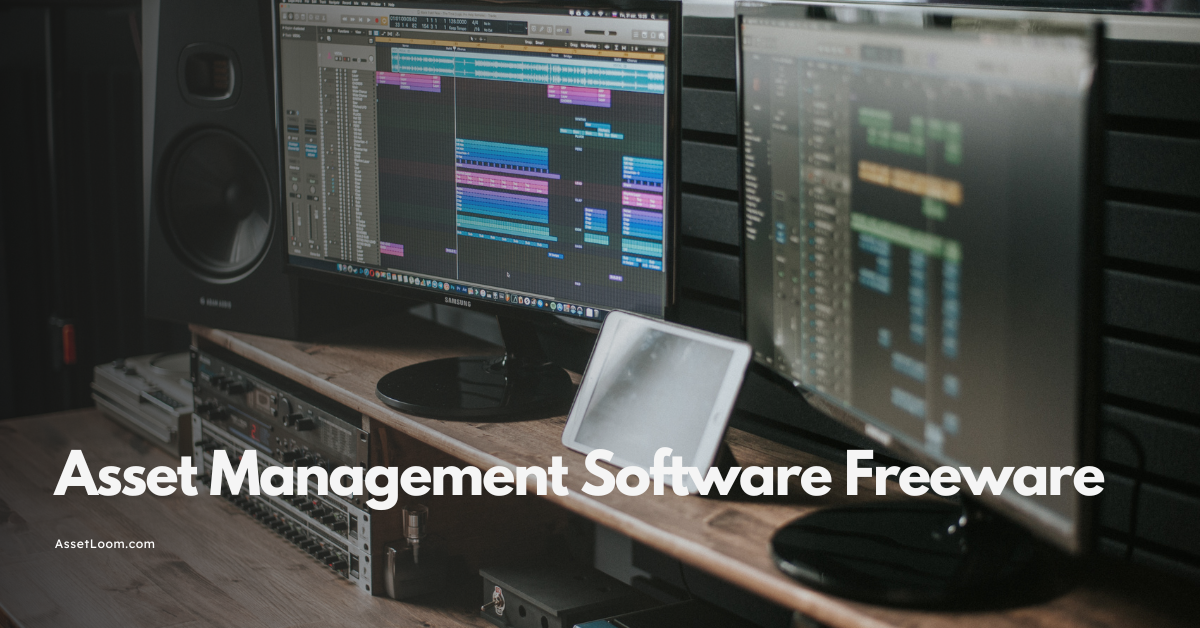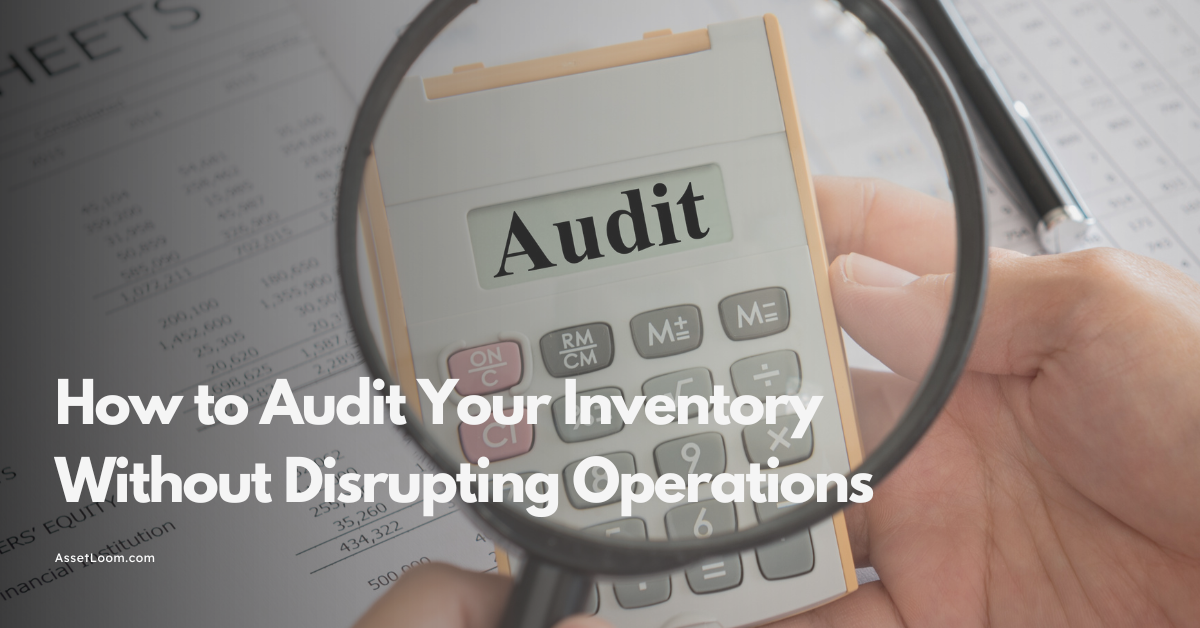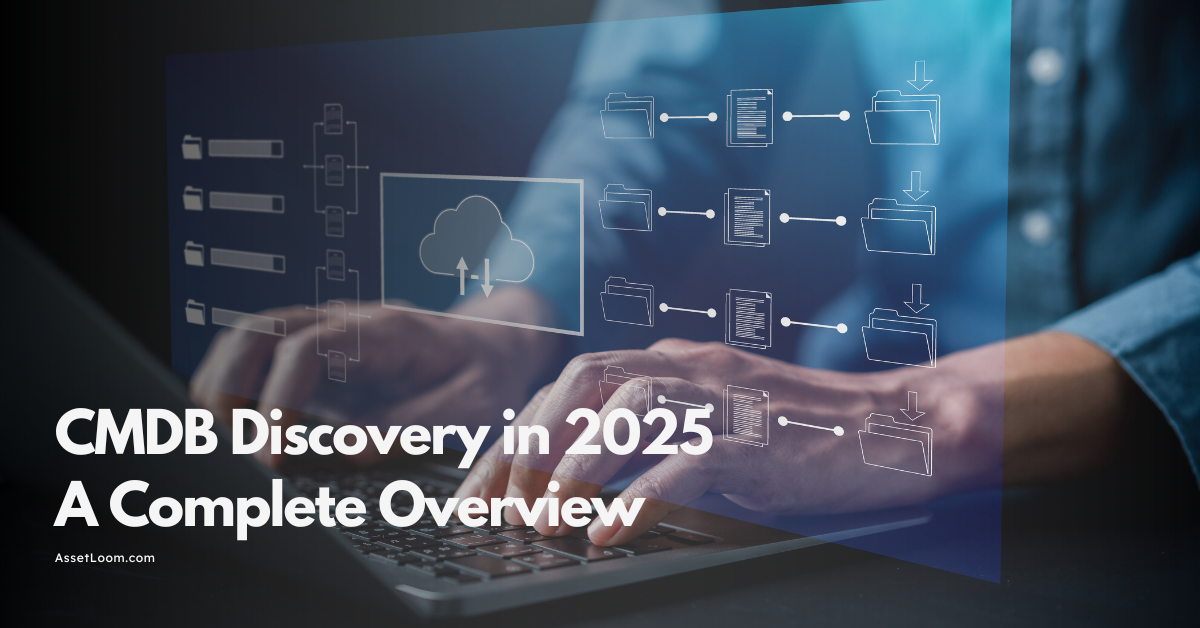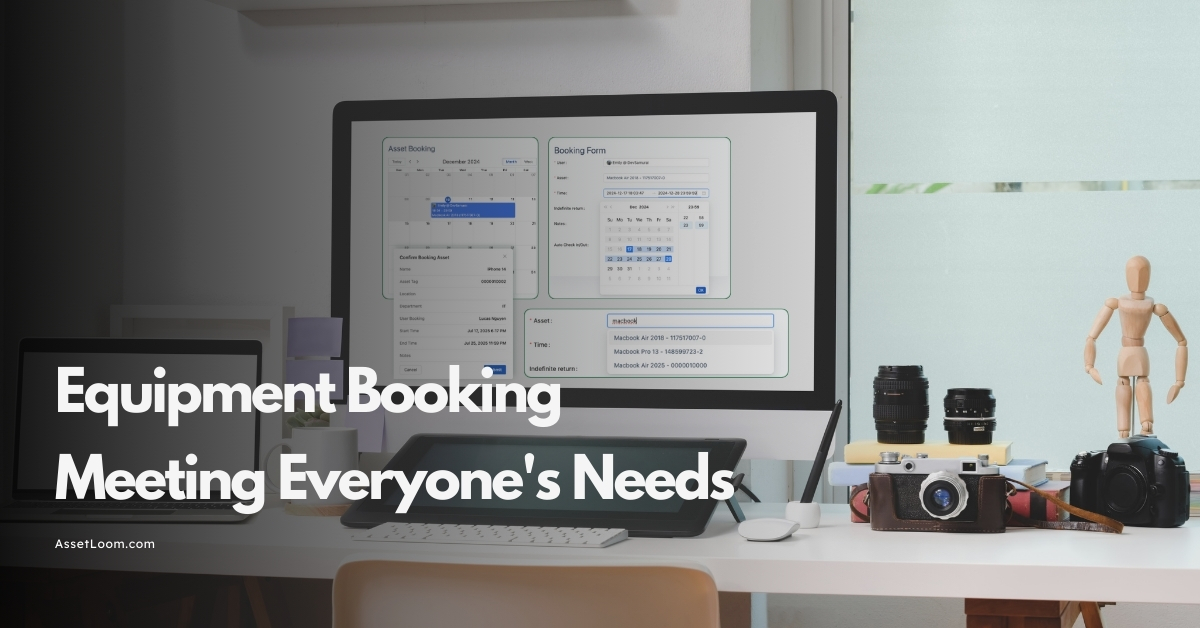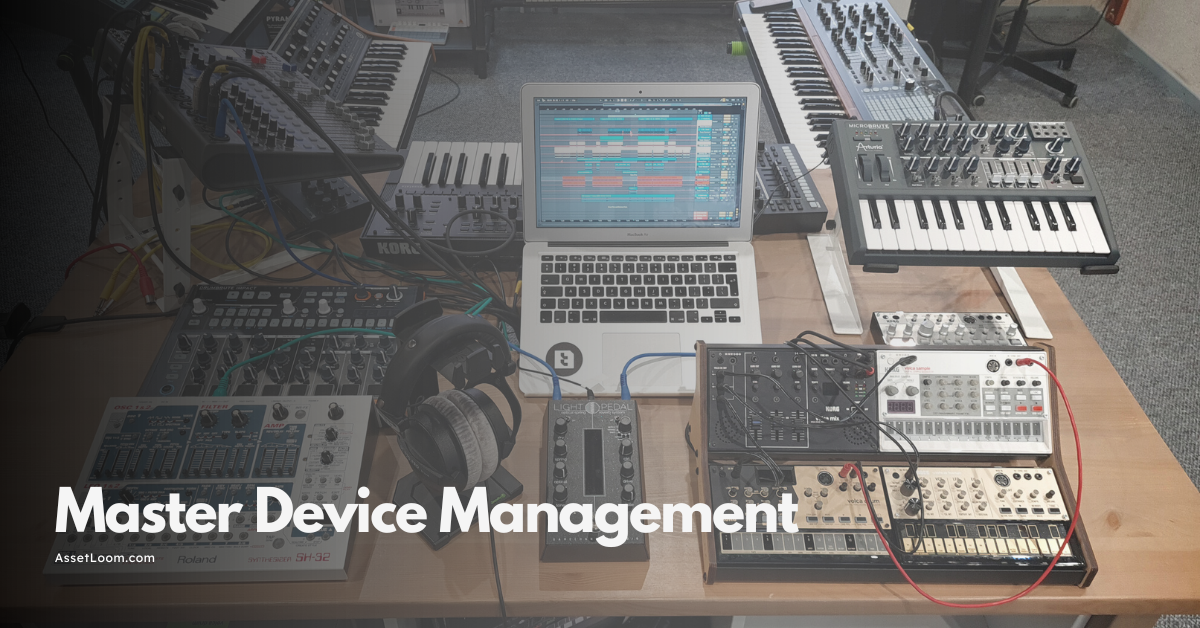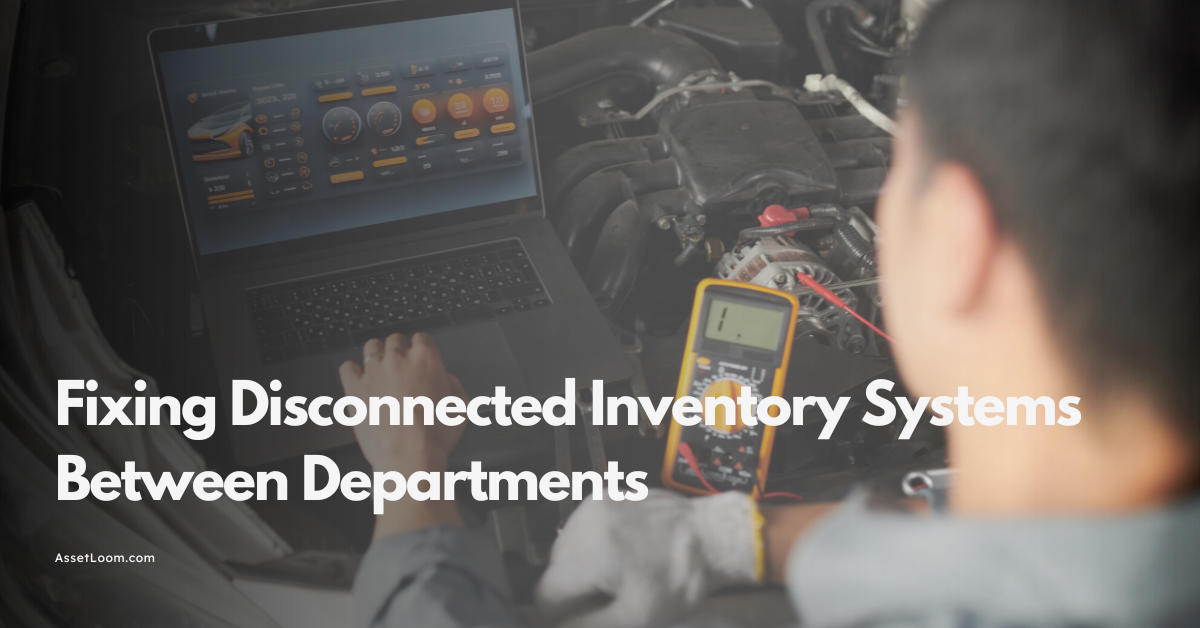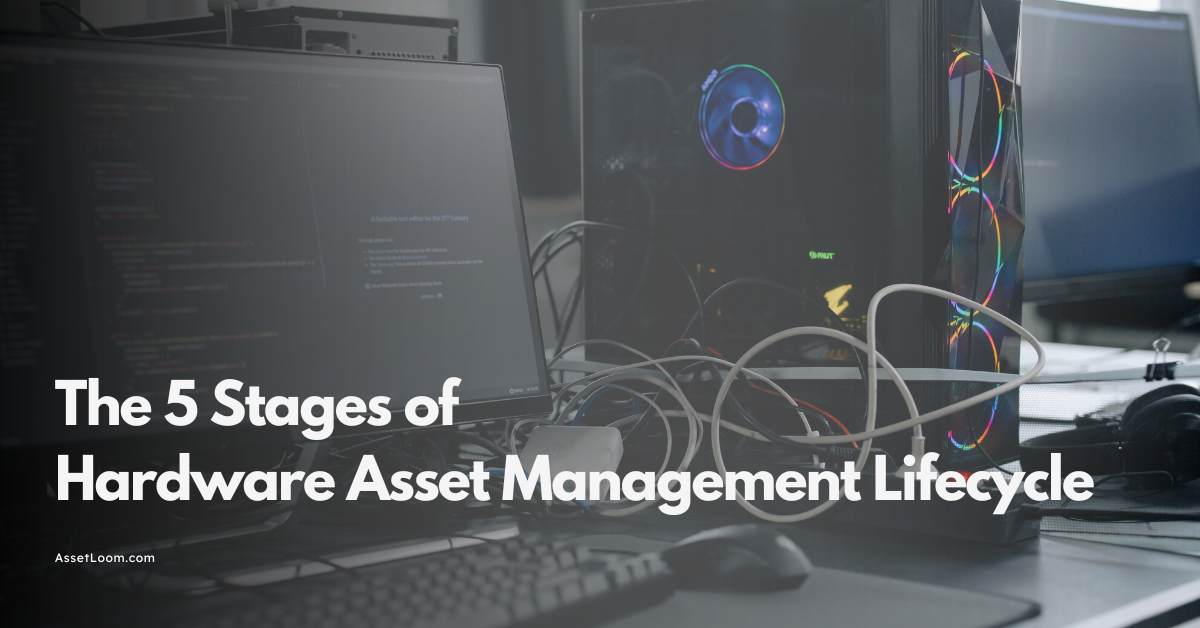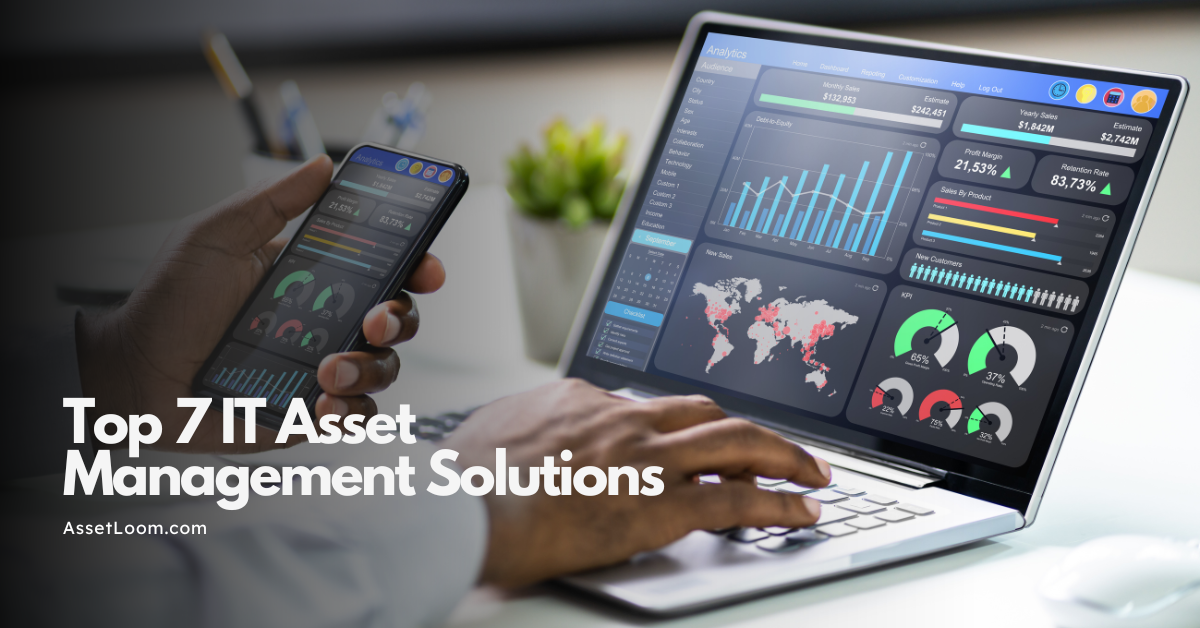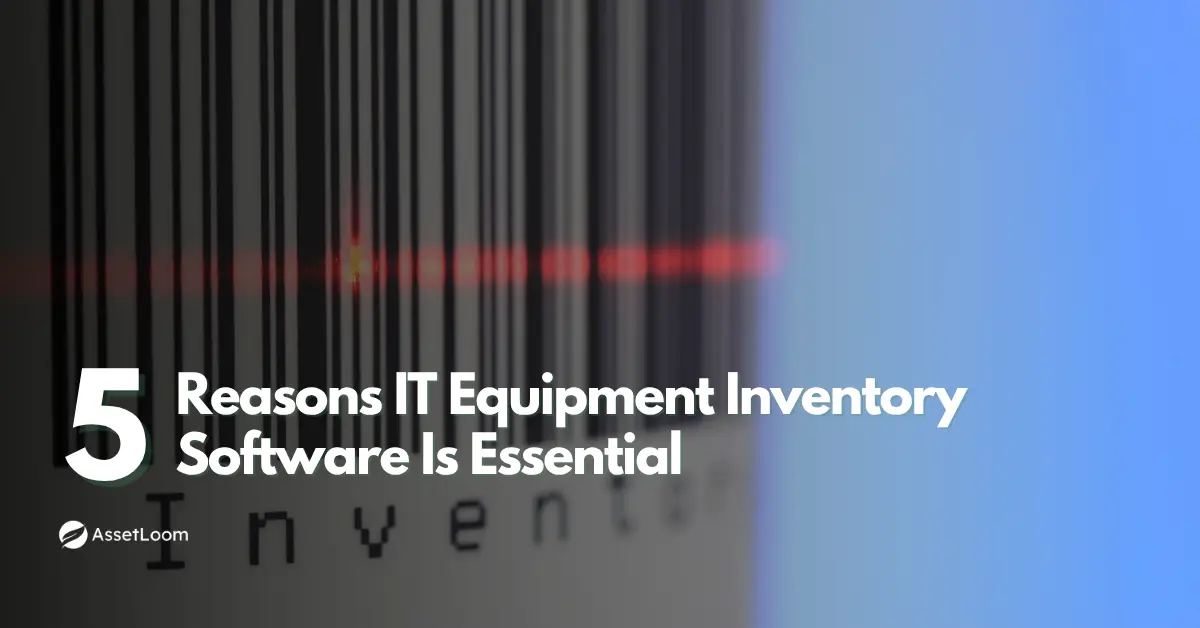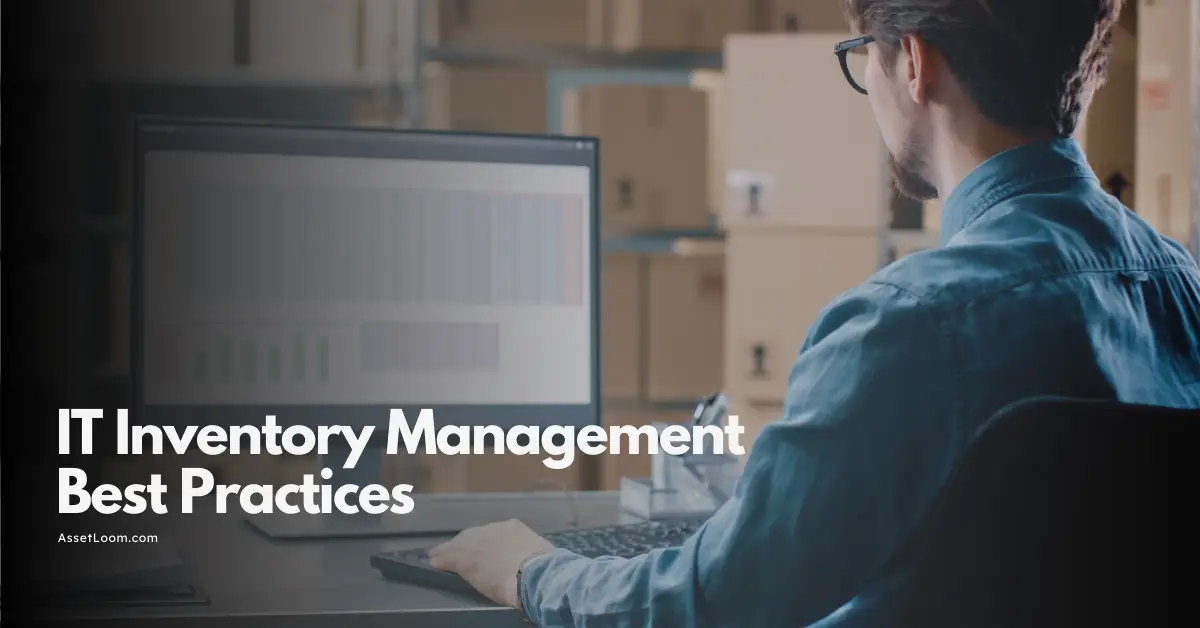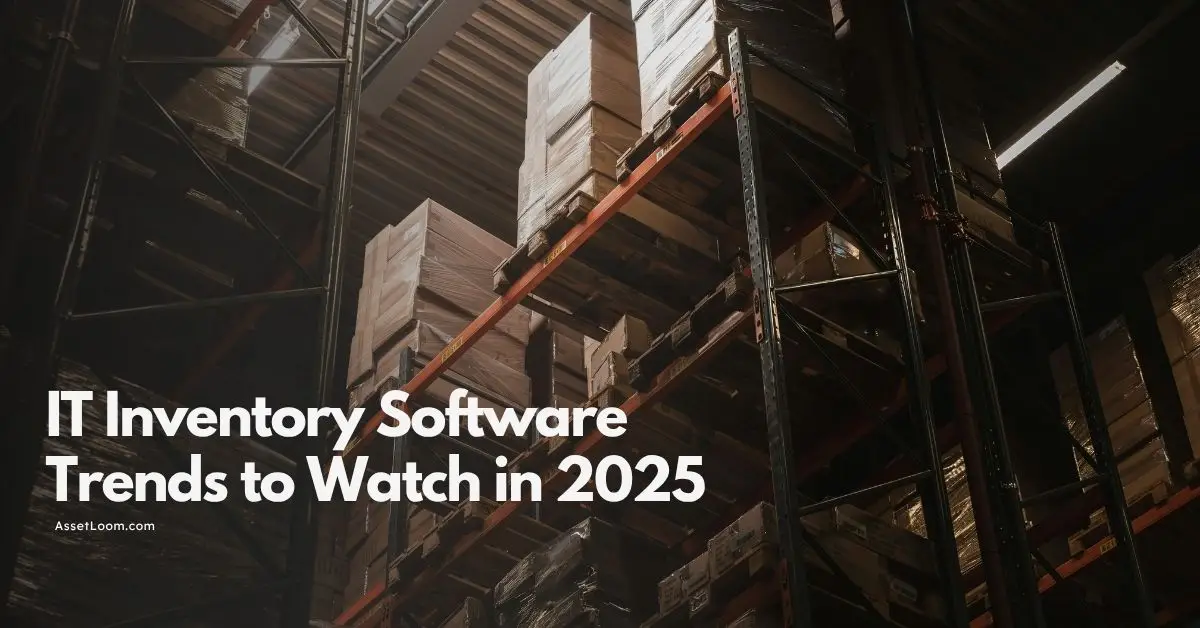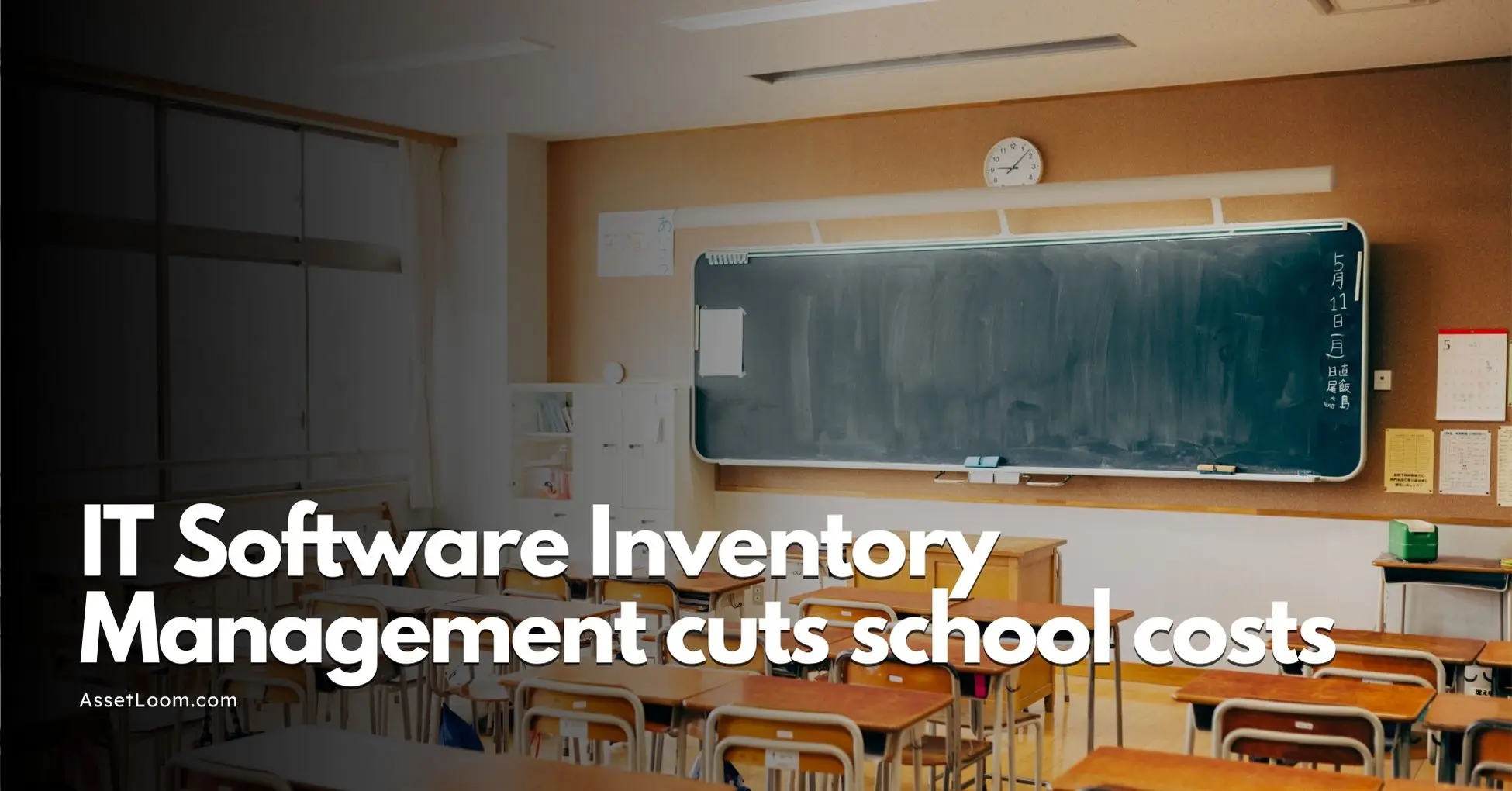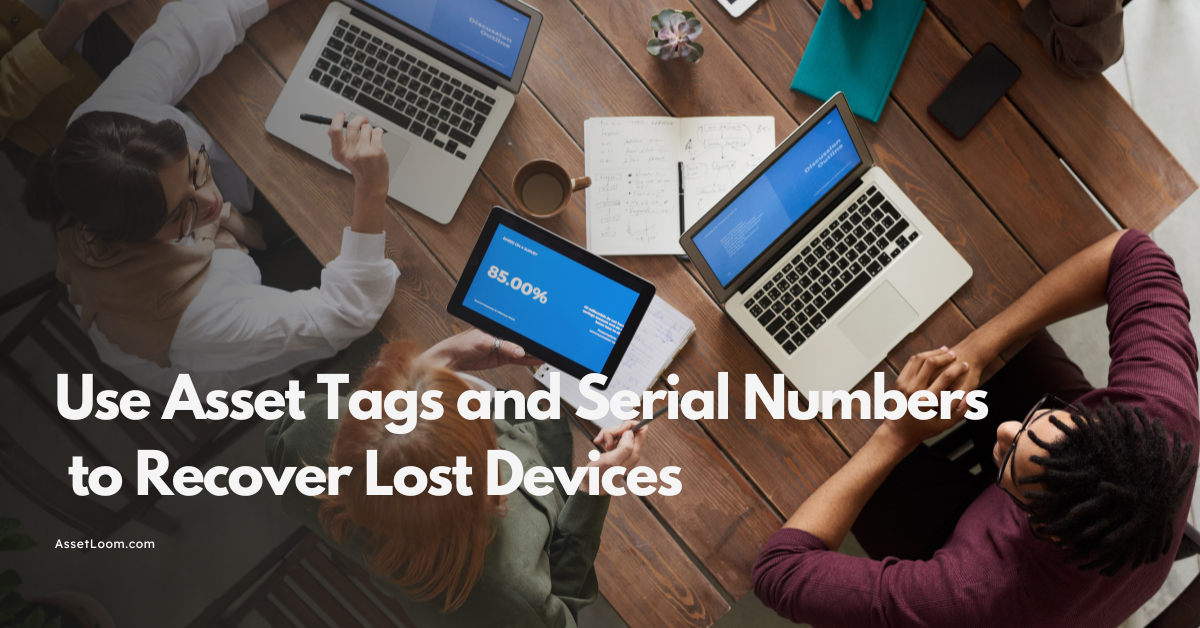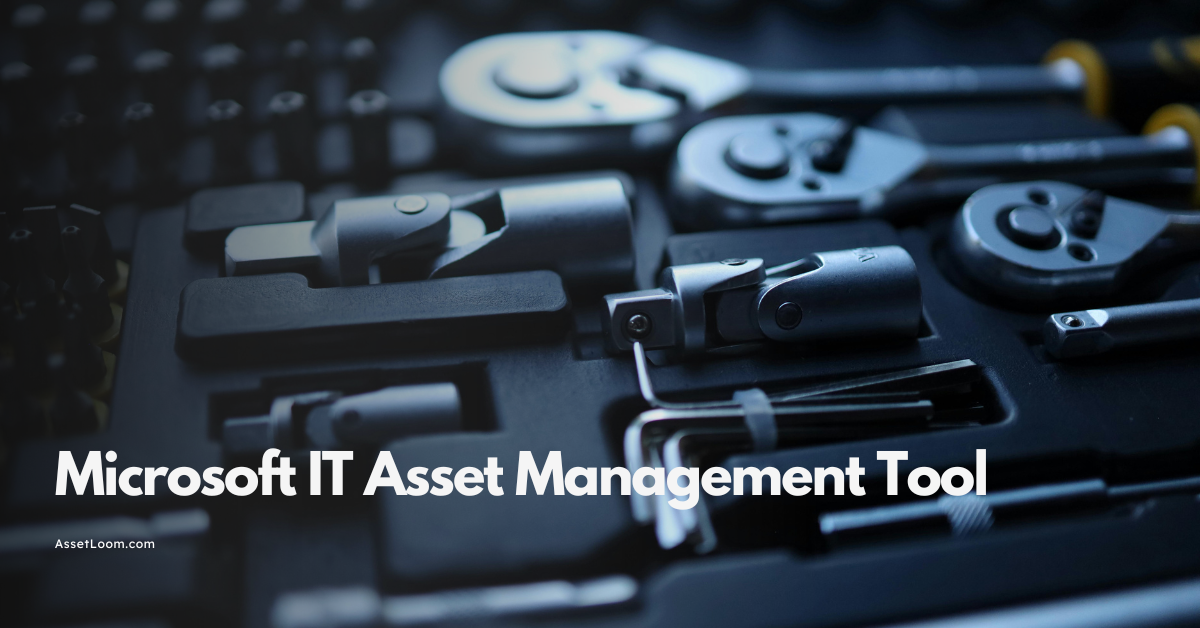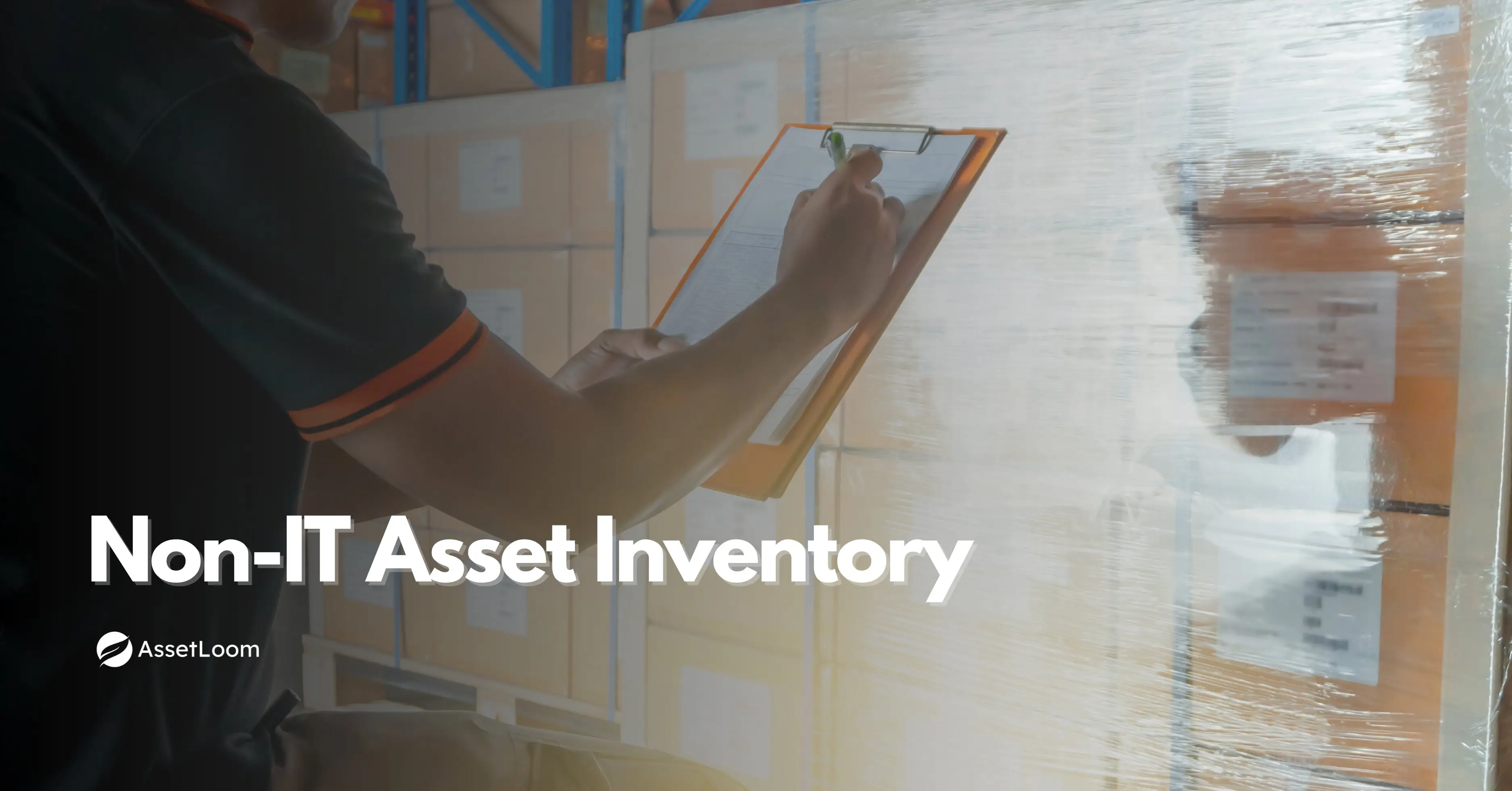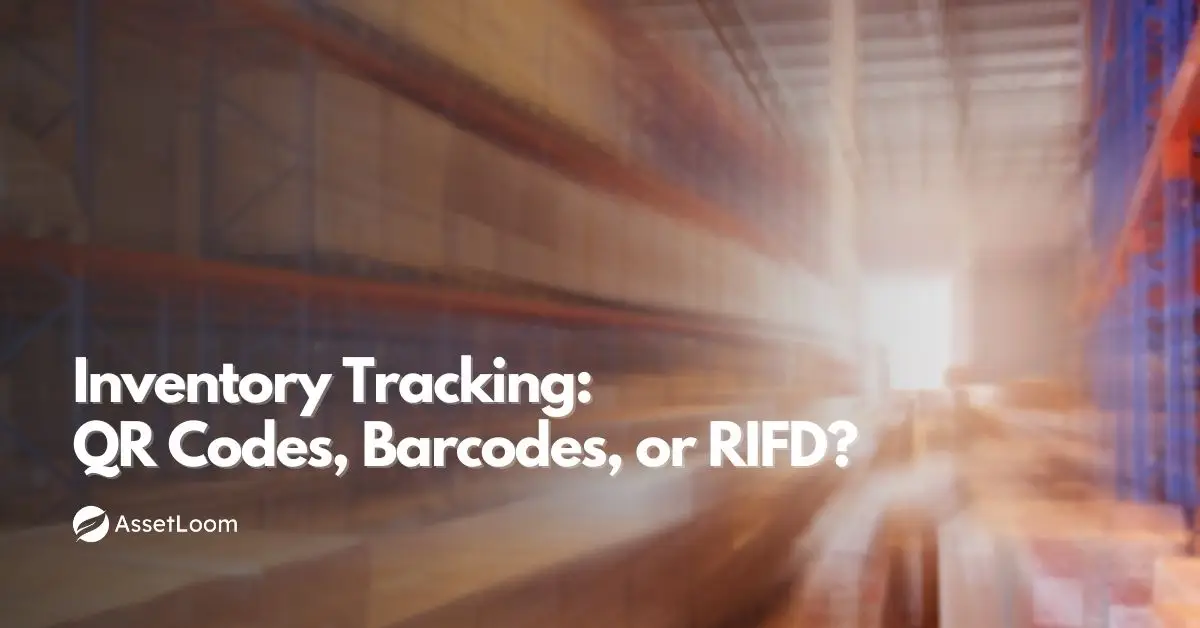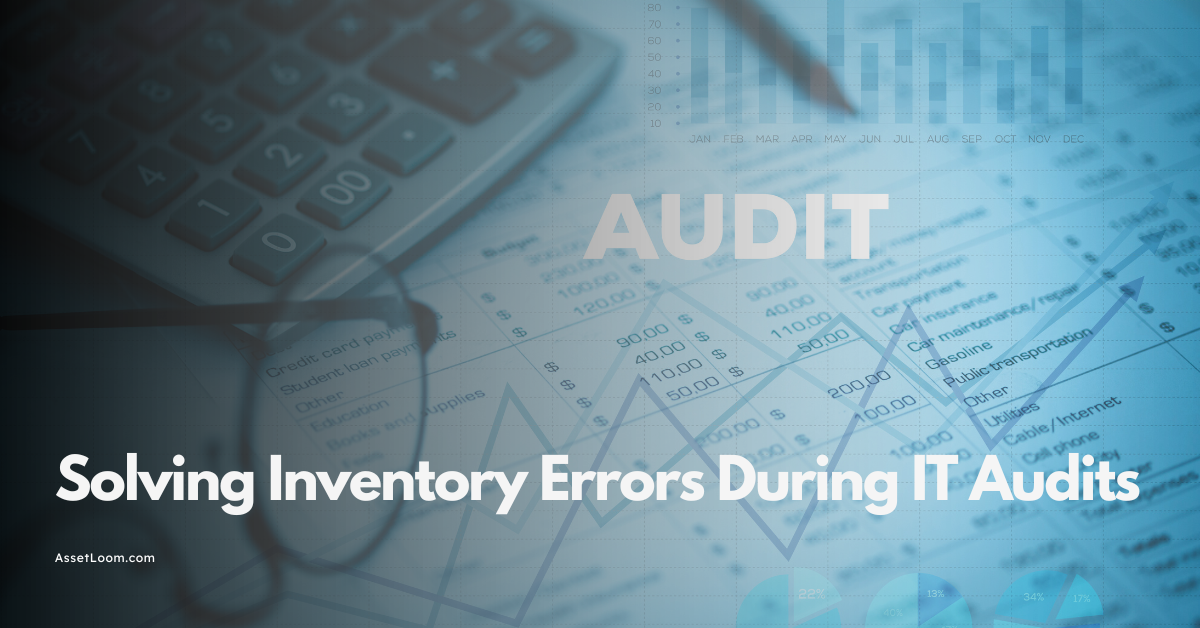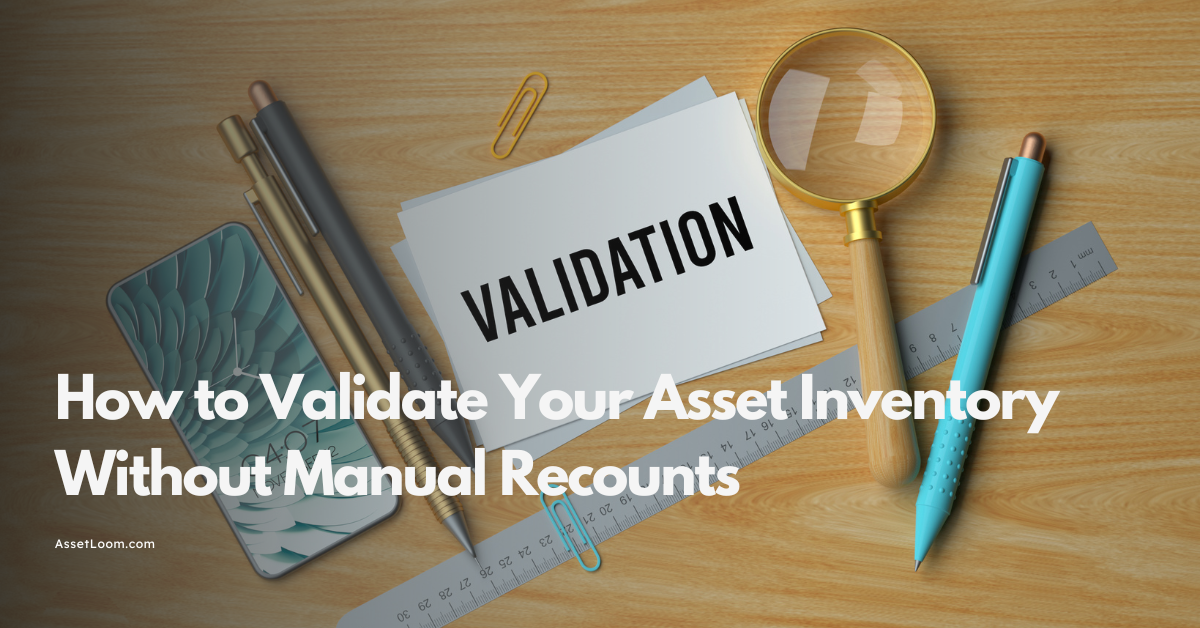Fixing Location Tracking: How to Always Know Where Your Assets Are
Learn why asset location tracking fails and how to fix tracking systems using automation, modern tools, and clear processes to track IT assets with real-time visibility.
Misplacing IT assets is like hunting for lost keys in a messy house. It’s annoying and costly. In IT asset management (ITAM), asset location tracking means always knowing where your laptops, servers, or networking gear are. Without it, you face lost equipment, compliance troubles, or delayed projects. A tablet left in a branch office or a server misplaced in a data center can turn your day upside down.
This blog uncovers why asset location tracking fails, from human mistakes to outdated tools, and the fallout, like audit fines or operational snags. We’ll show you how to fix these issues using modern solutions like RFID and BLE, with practical tips. Whether you’re an IT pro or asset manager, you’ll discover ways to track IT assets and boost visibility. Let’s dive in!
What is Asset Tracking?
Asset location tracking is about knowing exactly where your IT equipment is, whether it’s laptops, servers, or networking gear. In IT asset management (ITAM), it’s the process of monitoring the physical location of these assets to keep operations smooth and compliant. Unlike inventory management, which counts how many devices you have, asset location tracking pinpoints where they are. Picture a hybrid workplace where employees shuttle laptops between home and the office. Without tracking, that pricey laptop might vanish faster than your coffee on a Monday morning.
Technologies That Power Asset Location Tracking
To track IT assets well, you need the right tools for your environment. Here are four key technologies that make asset location tracking simple and effective, listed for clarity:
- GPS: Tracks outdoor assets like company vehicles or field equipment. It covers long distances but doesn’t work well indoors. Best for mobile devices on the move.
- RFID (Radio Frequency Identification): Perfect for busy places like data centers. You can scan server tags fast for real-time asset tracking. Great for high-volume equipment.
- BLE (Bluetooth Low Energy): Ideal for indoor tracking, like laptops in an office. Its low-power beacons keep costs down while pinpointing devices.
- Wi-Fi Tracking: Works in Wi-Fi-covered areas, like corporate campuses. It uses existing networks to locate devices like tablets or networking gear.
Choose based on your assets. For example, use BLE to track IT assets like laptops in a multi-floor office, but go with RFID for servers in a data center. Combining tools can boost visibility for complex setups. Think of it like picking the right tool from a toolbox. No more guessing where your assets are hiding!
Key Benefits of Accurate Location Tracking
Accurate asset location tracking saves you from the chaos of misplaced IT equipment. Here are the main benefits of getting it right:
- Fewer Lost Assets: Knowing where laptops or servers are prevents them from disappearing. A single lost device can cost thousands to replace.
- Easier Compliance: Clear tracking keeps you ready for audits, avoiding fines for missing regulated equipment.
- Smoother Operations: No more delays from hunting down devices. You’ll keep projects moving without last-minute scrambles.
- Smarter Decisions: Real-time data on asset locations helps you plan better, like reallocating unused tablets to new teams.
That’s the power of asset location tracking. It boosts improve visibility and accountability, so your IT team can focus on real work, not playing detective. With the right tools, you’ll save money, dodge compliance headaches, and keep your operations humming. No more losing assets like socks in a laundry pile!
Why Asset Location Tracking Often Fails
Asset location tracking can feel like herding cats when it goes wrong. Here are five common reasons why tracking systems fail, leaving you scrambling to find your IT equipment:
![]()
- Manual Data Entry Errors: Using spreadsheets or paper logs invites mistakes. Typos or forgotten updates can make a laptop’s location as reliable as a weather forecast from a coin toss.
- Lack of System Integration: When ITAM tools don’t connect with inventory or procurement systems, you get data gaps. It’s like trying to piece together a puzzle with missing pieces.
- Outdated Tracking Tools: Old systems lack real-time asset tracking, leaving you with stale data. If your tool updates weekly, it’s useless for fast-moving devices.
- Inconsistent Tagging Practices: Without uniform tags, like barcodes or RFID, some assets slip through the cracks. It’s like labeling only half your boxes during a move.
- Limited Visibility Across Locations: Without a central platform, tracking assets across multiple sites is a nightmare. You’re left guessing where devices are in different offices.
These problems lead to lost assets, compliance risks, and frustrated teams. Think of it like navigating with a flip phone in 2025. Outdated and messy. To fix tracking systems, you need modern tools and smarter processes, which we’ll cover next.
How to Fix Each of These Tracking Failures
When asset location tracking goes wrong, it’s like searching for your phone in a cluttered room. Frustrating and wasteful. You can fix tracking systems by addressing the five issues we discussed: manual errors, disconnected systems, old tools, inconsistent tagging, and poor visibility across sites. Here’s how to tackle each one with practical solutions and simple examples to keep your IT equipment in sight.
1. Swap Manual Data Entry for Automation
Spreadsheets and paper logs are a magnet for mistakes. Typos or missed updates can send you on a wild goose chase for a lost laptop. Instead, use ITAM software with barcode or RFID scanning to record locations instantly. This cuts human error and frees your team from endless paperwork.
For example, an IT team scans a barcode on a monitor when it’s moved to a new desk. The software updates its location in seconds, so no one wastes time double-checking a spreadsheet.
2. Link Systems for Smooth Data Flow
When ITAM tools don’t talk to inventory or procurement systems, you’re stuck with data gaps. It’s like cooking without all the ingredients. Use APIs to connect these systems, so asset details update automatically. When a new router arrives, its location syncs to your ITAM platform without extra work.
For instance, a company buys new tablets. The procurement system shares the purchase data, and the ITAM tool logs their location in the warehouse right away, making it easy to track IT assets.
3. Upgrade to Modern Tools for Live Updates
Outdated systems can’t keep up with moving assets, leaving you with old data. If your tool updates weekly, it’s no help for a tablet that moves daily. Switch to cloud-based ITAM platforms for real-time visibility. These tools show where assets are at any moment, whether in the office or a remote site.
4. Use Consistent Tagging from the Start
If assets aren’t tagged properly, some disappear like socks in a dryer. Set a rule to tag every device with barcodes or RFID when purchased. This ensures everything is trackable from day one.
For instance, a data center tags new servers with RFID before installation. When a technician scans the tag during maintenance, the system confirms its exact rack location, saving hours of searching.
5. Centralize Visibility for All Locations
Tracking assets across multiple offices without a single platform is a recipe for confusion. A centralized dashboard shows all asset locations in one place, with automated alerts for problems, like a device leaving a set area. This keeps everything visible, no matter the site.
For example, a company with offices in three cities uses a dashboard to see all laptops. When one moves unexpectedly, an alert pings the IT team, preventing loss.
By tackling these issues, you can fix tracking systems and keep assets in view. It’s like tidying a messy desk. With automation, connected tools, modern tech, consistent tags, and a clear dashboard, you’ll always know where your assets are. No more hunting, just smooth operations and peace of mind.
Bonus Tips for Always Knowing Where Your Assets Are
Fixing tracking systems doesn't stop once everything is in place. To keep things running smoothly and avoid the "lost laptop" drama, you'll need a few habits that support long-term success with asset location tracking.
Here’s what works:
- Run regular audits backed by automated alerts. If something goes missing or shows up where it shouldn't, you'll catch it quickly.
- Train your team so they know how to tag and track IT assets correctly. Mistakes happen when people aren't sure how the system works or forget to follow it.
- Tag assets right when you get them. Adding labels and digital records at the procurement stage helps keep everything in sync from the start.
- Use analytics to stay ahead. If you know a group of devices rotates between offices every quarter, set up tracking rules before the shuffle begins.
- Label clearly and consistently. Think of it like putting your name on leftovers in the breakroom. It’s simple, obvious, and it works.
These small habits help you track IT assets with less stress, improve real-time visibility, and reduce surprises when audits come around.
Conclusion
If your asset tracking setup feels like losing your keys in a cluttered house, you're not alone. Many companies struggle with asset location tracking because of manual mistakes, outdated tools, poor tagging, and systems that don't talk to each other.
Start by addressing the basics. Tag your assets early, train your team well, replace outdated tools, and connect your systems so they stay in sync. These practical steps make it easier to track IT assets and give you better real-time visibility into what’s where.
Ask yourself if your current system is working for you or just holding things together. This is the perfect time to review it, make improvements, and move forward with confidence.

Related Blogs
IT Inventory Management
What is Asset Inventory Management? A Complete Overview
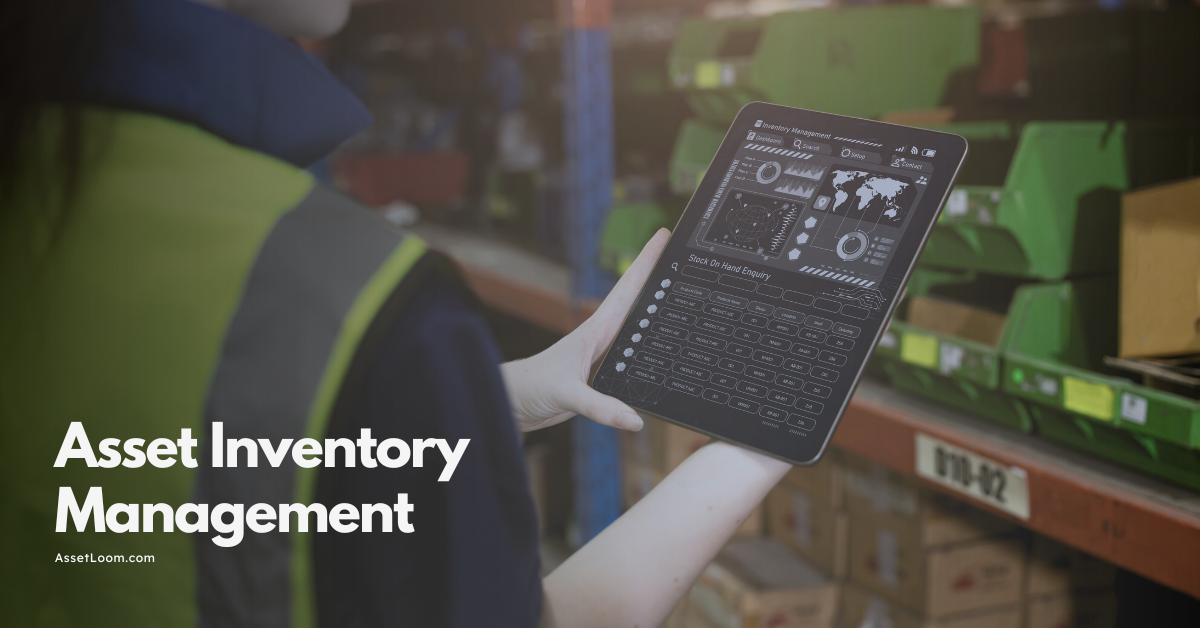
ITAM in General
Fixing Inventory Sync Issues Between ITAM and ITSM Tools
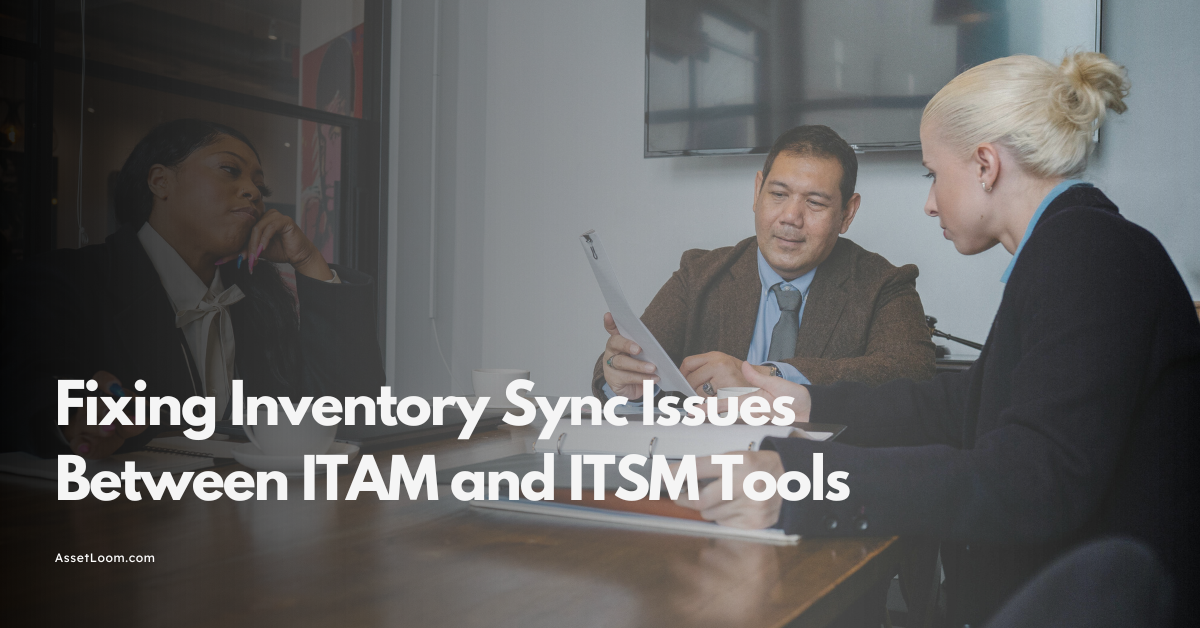
ITAM in General
The Hidden Costs of a Stolen Work Laptop & How to Prevent Them

Subscribe for Expert Tips and Updates
Receive the latest news from AssetLoom. right in your inbox
